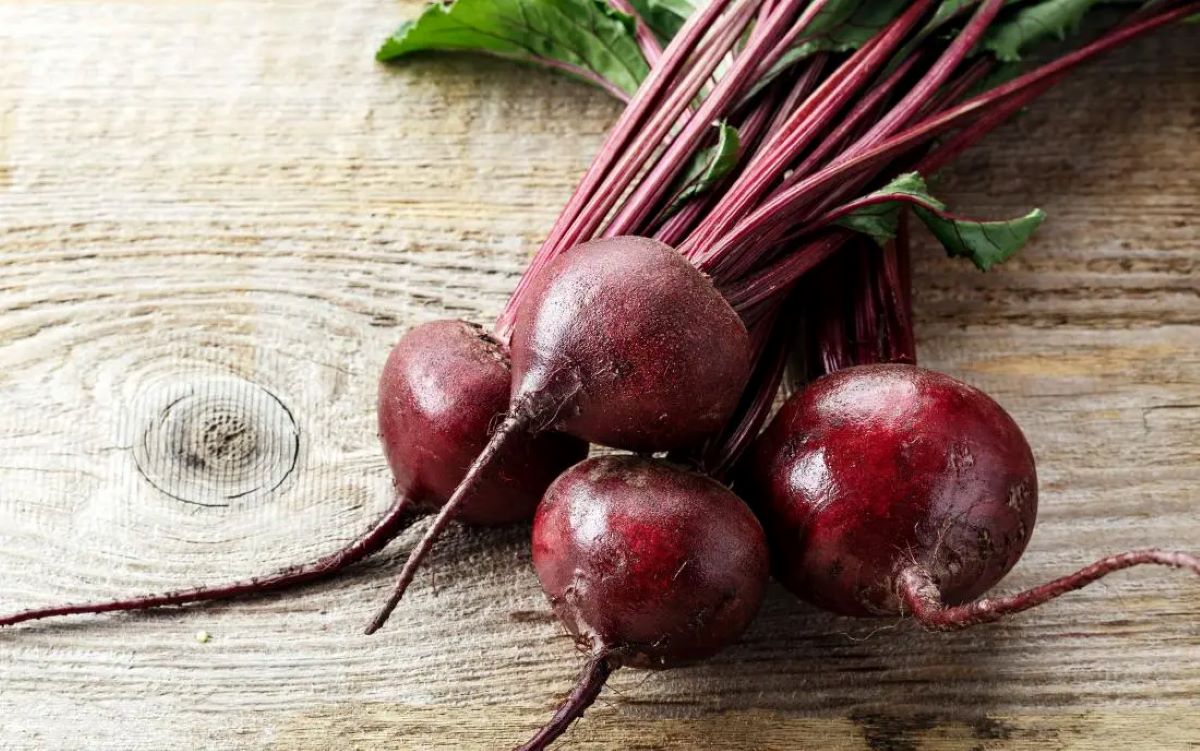

Articles
How To Store Beetroot Without Fridge
Modified: February 22, 2024
Learn how to store beetroot without a fridge in this informative article. Discover simple methods and tips to keep your beetroot fresh and tasty.
(Many of the links in this article redirect to a specific reviewed product. Your purchase of these products through affiliate links helps to generate commission for Storables.com, at no extra cost. Learn more)
Introduction
Beetroot is a versatile and nutritious vegetable that can be enjoyed in a variety of dishes. From salads to smoothies, its earthy and sweet flavor adds a unique twist to any recipe. However, if you find yourself without access to a refrigerator, you may wonder how to store beetroot to keep it fresh and retain its flavor.
The good news is that there are several methods for storing beetroot without a fridge. Whether you have a root cellar, access to sand, or want to try canning or pickling, there are options for keeping your beetroot fresh and ready to use.
In this article, we will explore different methods for storing beetroot without a fridge and provide you with tips to ensure the best results. So, if you’re ready to learn how to prolong the shelf life of your beetroot and enjoy its delicious flavor for longer, let’s get started!
Key Takeaways:
- Preserve beetroot without a fridge using methods like root cellars, sand storage, canning, pickling, and freezing. Follow tips for choosing, cleaning, storing, and monitoring to enjoy fresh beetroot in various dishes.
- Experiment with different storage methods to find the best fit for your preferences and resources. Don’t let the lack of a fridge limit your enjoyment of fresh and flavorful beetroot in your favorite recipes.
Read more: How To Store Beetroot
Methods for Storing Beetroot without a Fridge
When it comes to storing beetroot without a fridge, there are several methods you can try. Each method has its own advantages and considerations, so let’s explore them one by one:
Method 1: Keeping Beetroot in a Root Cellar
If you have access to a root cellar or a cool, dark, and well-ventilated area, this method is ideal for storing beetroot. A root cellar provides the perfect conditions to keep the beetroot fresh for an extended period. Here’s how you can do it:
- Choose beetroot that is firm, fresh, and free from any blemishes or soft spots.
- Trim off the beetroot leaves, leaving a small stub of the stem.
- Place the beetroot in a wooden crate or a box lined with newspaper or straw.
- Ensure there is enough space between the beetroot to allow for proper airflow.
- Store the crate or box in the root cellar, arranging it in a single layer if possible.
- Check the beetroot regularly for any signs of spoilage and use any blemished or soft ones first.
Method 2: Storing Beetroot in Sand
If you don’t have a root cellar, another alternative is to store beetroot in sand. This method helps maintain the moisture content of the beetroot while keeping them cool. Here’s how to do it:
- Choose beetroot of equal size and without any blemishes or soft spots.
- Prepare a box or a container filled with clean, dry sand.
- Place the beetroot in the sand, ensuring they are completely covered.
- Store the container in a cool and dark place, such as a basement or pantry.
- Check the beetroot regularly, removing any spoiled ones to prevent them from affecting the others.
- Gently rinse off the sand before using the stored beetroot.
Method 3: Canning Beetroot
Canning is a great method for preserving beetroot for a longer period. It requires some preparation and equipment, but the result is well worth it. Here’s how you can can beetroot:
- Wash and scrub the beetroot to remove any dirt or debris.
- Boil the beetroot until it is tender but still firm.
- Peel the beetroot and cut it into slices, cubes, or leave them whole, depending on your preference.
- Prepare jars and lids by sterilizing them in boiling water.
- Fill the jars with the cooked beetroot, leaving a small headspace at the top.
- Seal the jars with the lids and process them in a boiling water bath for the recommended time.
- Allow the jars to cool before storing them in a cool, dark place.
- Check the jars for any signs of spoilage before consuming the canned beetroot.
Read more: How To Store Grapes Without Fridge
Method 4: Pickling Beetroot
Another excellent way to store beetroot is by pickling. Pickled beetroot adds a tangy and flavorful twist to your recipes and can be enjoyed for months. Here’s a simple pickling method:
- Wash and scrub the beetroot to remove any dirt or debris.
- Boil the beetroot until it is tender but still firm.
- Peel the beetroot and cut it into slices or cubes.
- Prepare a pickling solution by heating vinegar, sugar, salt, and desired spices in a pot.
- Place the beetroot slices or cubes in clean jars.
- Pour the hot pickling solution over the beetroot, ensuring they are fully submerged.
- Seal the jars with lids and let them cool to room temperature before storing them in the refrigerator or a cool, dark place.
- Allow the beetroot to pickle for a few weeks before enjoying their tangy flavor.
Method 5: Freezing Beetroot
Freezing beetroot is a quick and convenient method of storing them for future use. While the texture may change slightly, the flavor and nutritional value remain intact. Here’s how to freeze beetroot:
- Wash and scrub the beetroot to remove any dirt or debris.
- Boil the beetroot until it is tender but still firm.
- Let the beetroot cool before peeling and cutting it into slices or cubes.
- Place the slices or cubes on a baking sheet lined with parchment paper.
- Flash freeze the beetroot by placing the baking sheet in the freezer for a couple of hours.
- Transfer the frozen beetroot to airtight freezer bags or containers, removing as much air as possible.
- Label the bags or containers with the date and store them in the freezer for up to six months.
- Thaw the frozen beetroot in the refrigerator before using them in your favorite recipes.
By following these methods for storing beetroot without a fridge, you can extend their shelf life and continue enjoying their delicious flavor and nutritional benefits. Each method offers a unique way to preserve beetroot, allowing you to incorporate them into your meals whenever you desire.
Tips for Storing Beetroot without a Fridge
While the storage methods mentioned earlier are effective for keeping beetroot fresh without a fridge, there are a few tips you should keep in mind to ensure the best results. These tips will help you choose the right beetroot, clean and prepare them properly, store them correctly, and monitor them for spoilage. Let’s dive into these tips:
Tip 1: Choosing the right beetroot
When selecting beetroot for storage, it’s essential to choose the right ones for optimal freshness and taste:
- Look for beetroot that is firm and free from any blemishes or soft spots.
- Avoid beetroot with long taproots, as they tend to become woody and lose flavor.
- Opt for beetroot with small to medium sizes, as they are easier to store and have a more tender texture.
Read more: How To Store Strawberries Without Fridge
Tip 2: Cleaning and preparing beetroot for storage
Properly cleaning and preparing beetroot before storage helps remove any dirt and debris, minimizing the risk of spoilage:
- Wash the beetroot thoroughly under cool running water to remove any soil or dirt.
- Use a scrub brush or a vegetable brush to gently scrub the beetroot’s surface.
- Trim off the beetroot leaves, leaving a small stub of the stem.
Tip 3: Properly storing beetroot to maintain freshness
The way you store beetroot plays a crucial role in maintaining their freshness and flavor. Follow these guidelines:
- Choose the appropriate storage method according to the options mentioned earlier, such as a root cellar, sand, canning, pickling, or freezing.
- Ensure proper airflow around the stored beetroot to prevent them from rotting or becoming moldy.
- Store beetroot away from ethylene-producing fruits and vegetables, as ethylene can accelerate spoilage.
- Keep the storage area at a cool temperature between 32-40°F (0-4°C) to prolong the beetroot’s shelf life.
Tip 4: Monitoring stored beetroot for spoilage
Regularly monitoring the stored beetroot helps identify any signs of spoilage so that you can remove them and prevent them from affecting the others:
- Check the stored beetroot periodically for any soft spots, mold, or unpleasant odors.
- Discard any beetroot that shows signs of spoilage to prevent contamination.
- Use any blemished beetroot first before consuming the ones in better condition.
By following these tips, you can ensure that your stored beetroot remain fresh, flavorful, and ready to use whenever you’re in the mood for their vibrant taste. Enjoy the benefits of preserving beetroot without a fridge and elevate your culinary creations!
Conclusion
Storing beetroot without a fridge may seem challenging, but with the right methods and tips, you can successfully preserve their freshness and flavor for an extended period. Whether you have access to a root cellar, sand, or prefer canning, pickling, or freezing, there are various options to choose from.
Keeping beetroot in a root cellar or storing them in sand provides ideal conditions to maintain their texture and taste. Canning and pickling are excellent methods for long-term preservation, adding unique flavors to your beetroot. Freezing is a convenient option that allows you to store beetroot for future use while retaining their nutritional value.
Follow the tips for choosing the right beetroot, cleaning and preparing them properly, storing them correctly, and monitoring them for spoilage. Select firm beetroot without blemishes, trim off the leaves, and ensure adequate airflow during storage. Keep the storage area cool and regularly check for signs of spoilage to remove any affected beetroot.
By implementing these storage techniques and tips, you can confidently store beetroot without a fridge and continue to enjoy their earthy and sweet flavors in various dishes. Experiment with different methods to find which one works best for your preferences and available resources.
Whether you’re using your stored beetroot in salads, soups, smoothies, or side dishes, you’ll appreciate the convenience of having fresh beetroot on hand whenever you desire.
So, don’t let the lack of a fridge stop you from enjoying the goodness of beetroot. Start implementing these methods and tips and experience the joy of eating fresh beetroot, even without refrigeration.
Frequently Asked Questions about How To Store Beetroot Without Fridge
Was this page helpful?
At Storables.com, we guarantee accurate and reliable information. Our content, validated by Expert Board Contributors, is crafted following stringent Editorial Policies. We're committed to providing you with well-researched, expert-backed insights for all your informational needs.

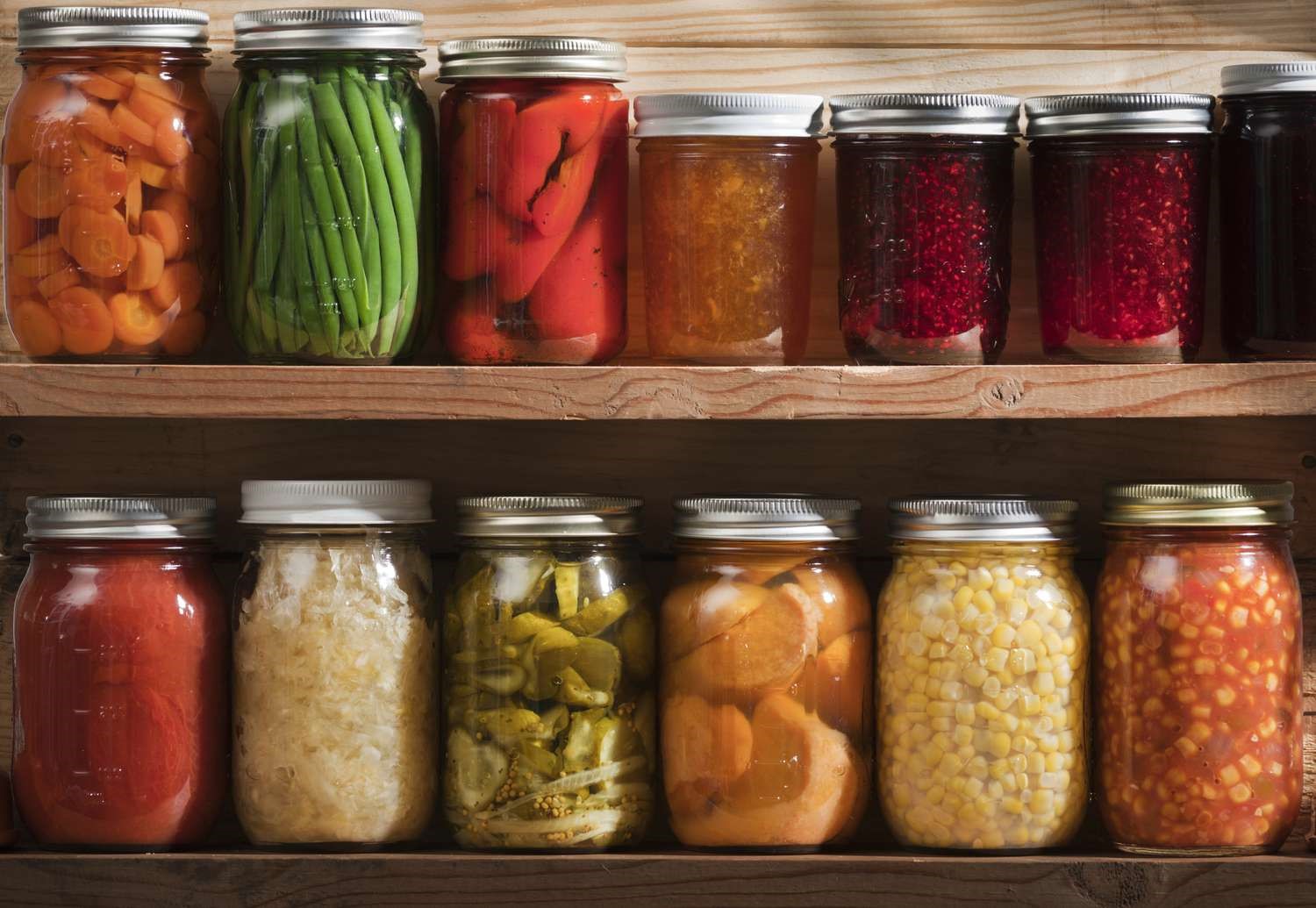


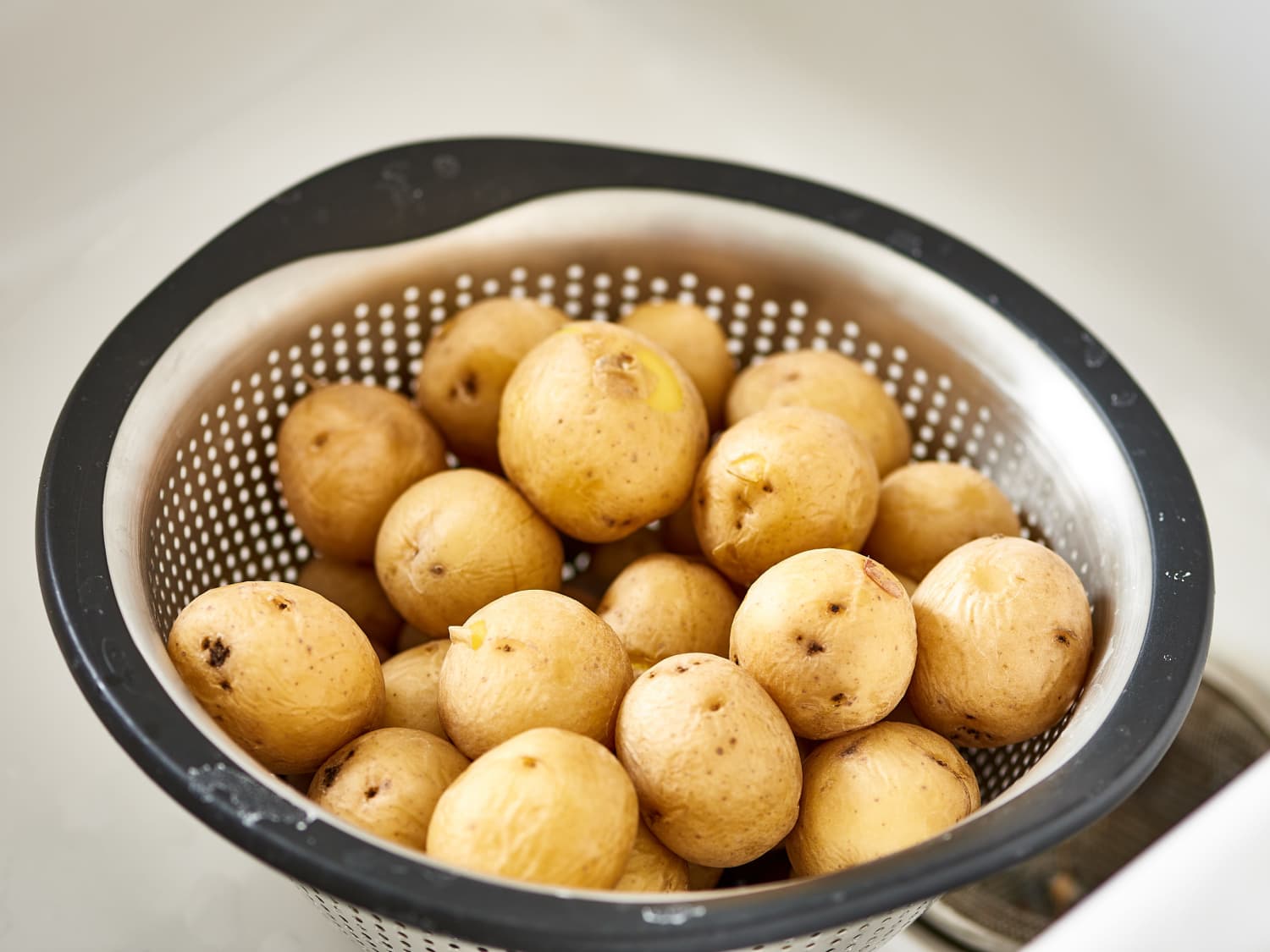
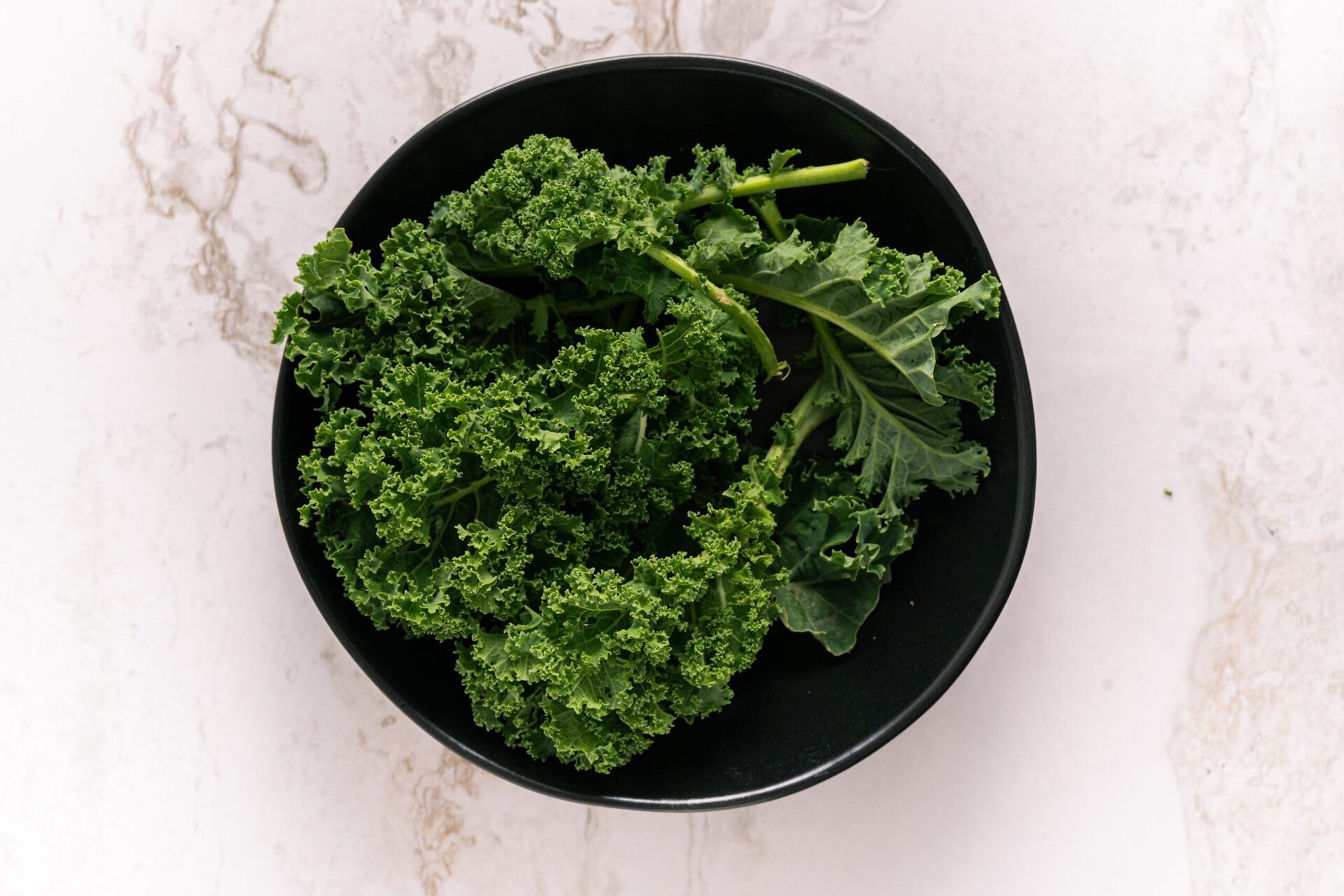
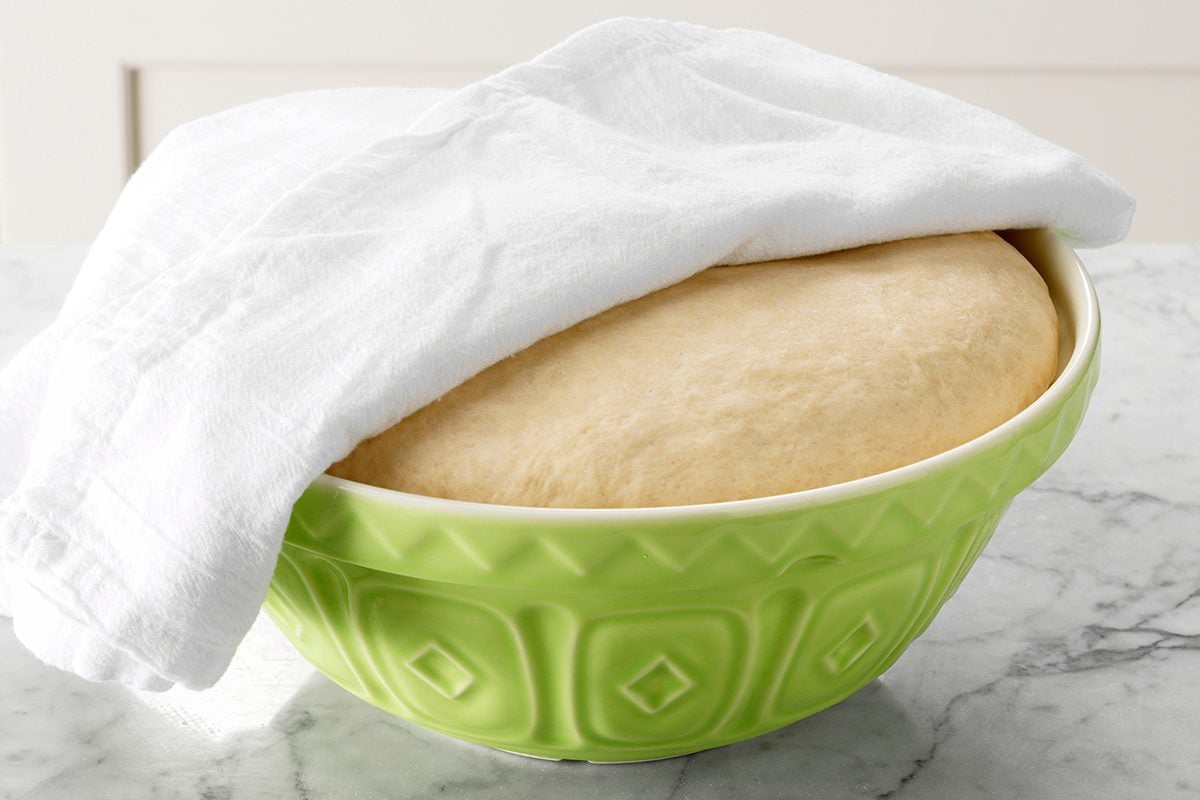


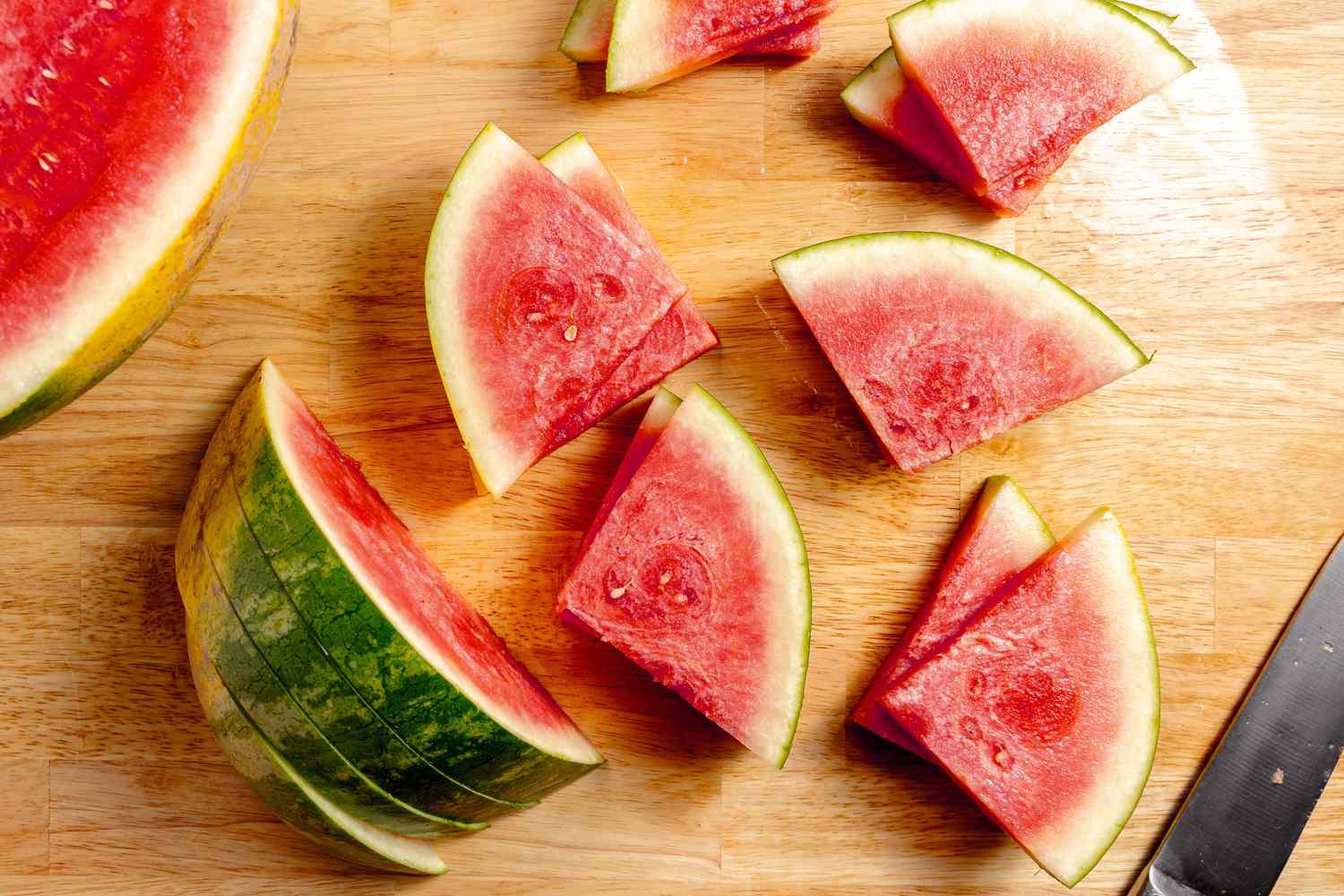
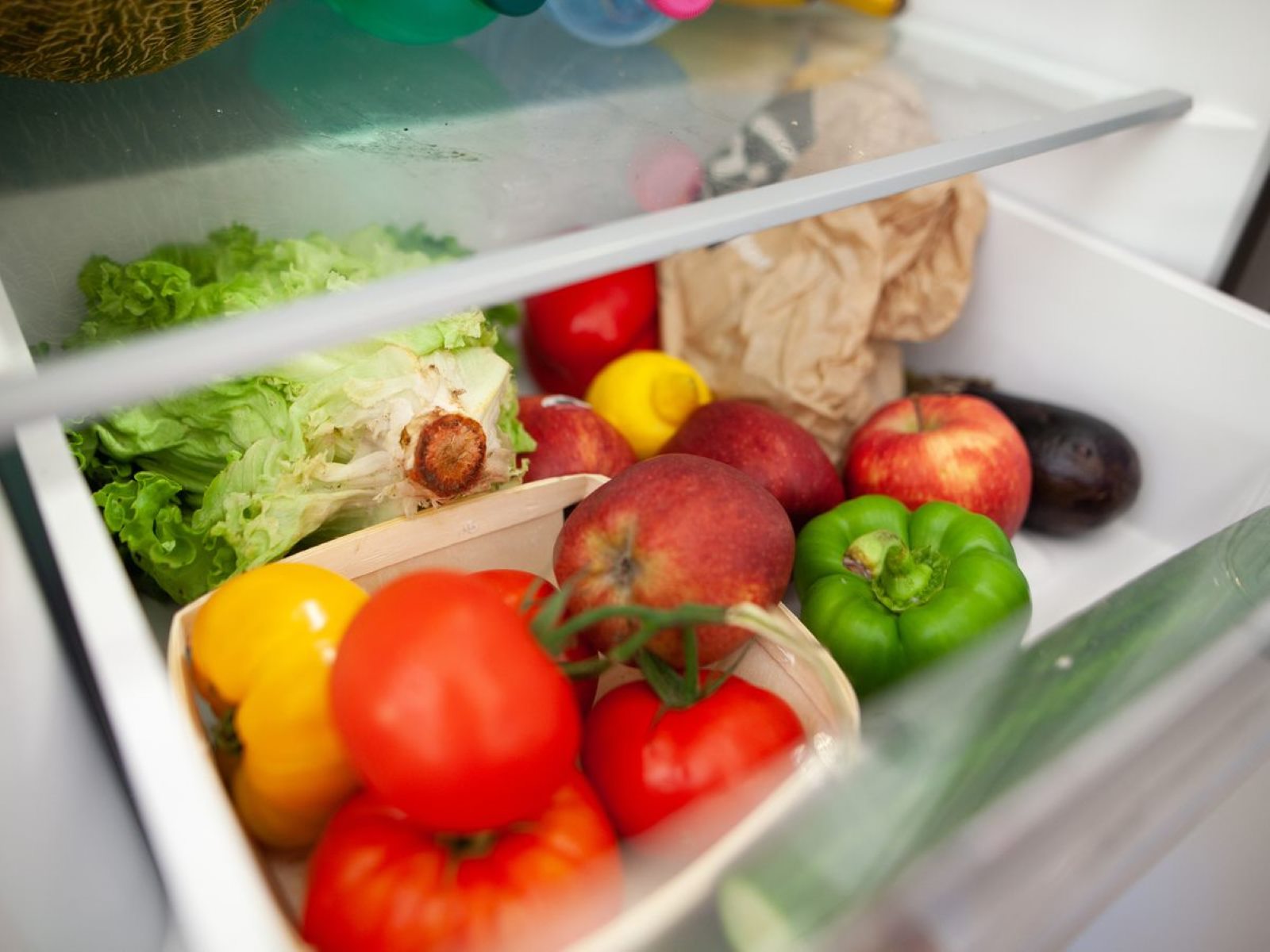
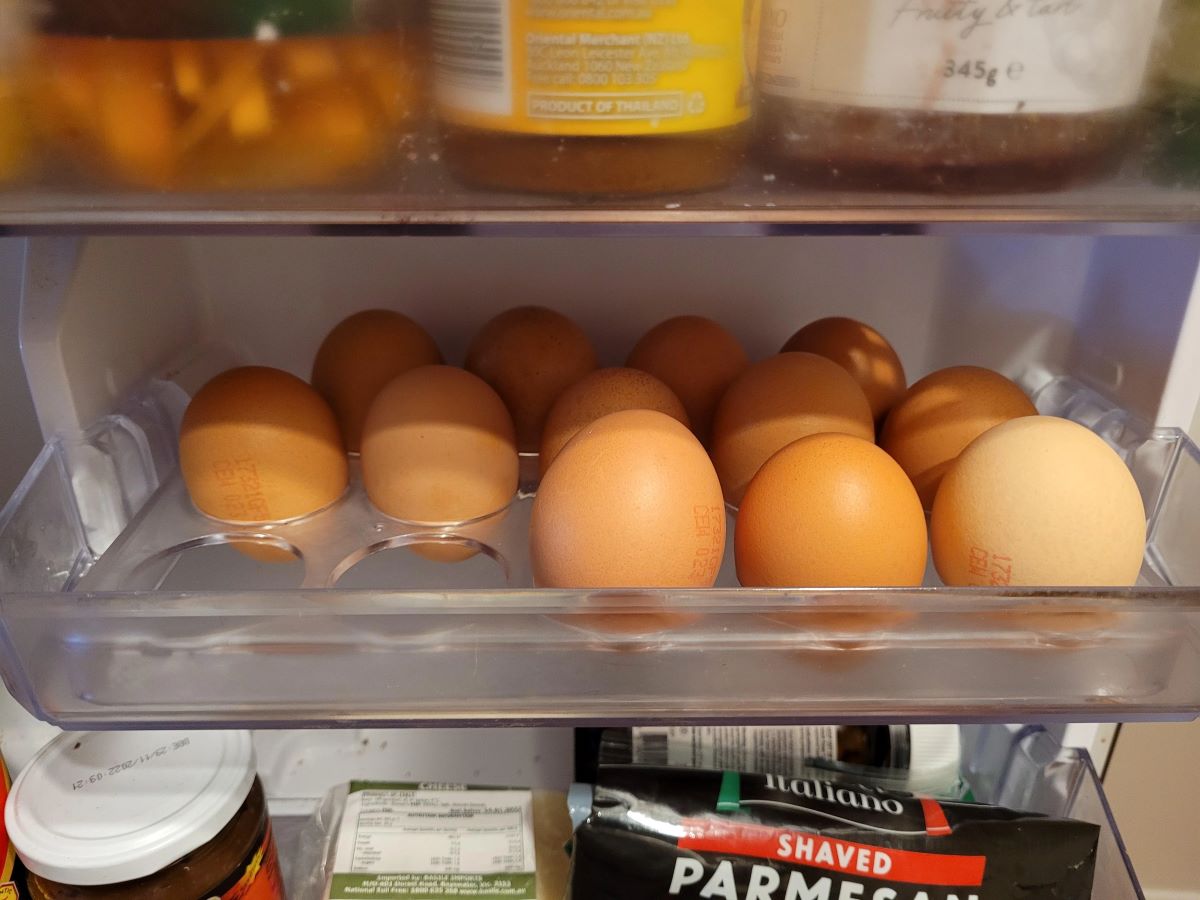


0 thoughts on “How To Store Beetroot Without Fridge”